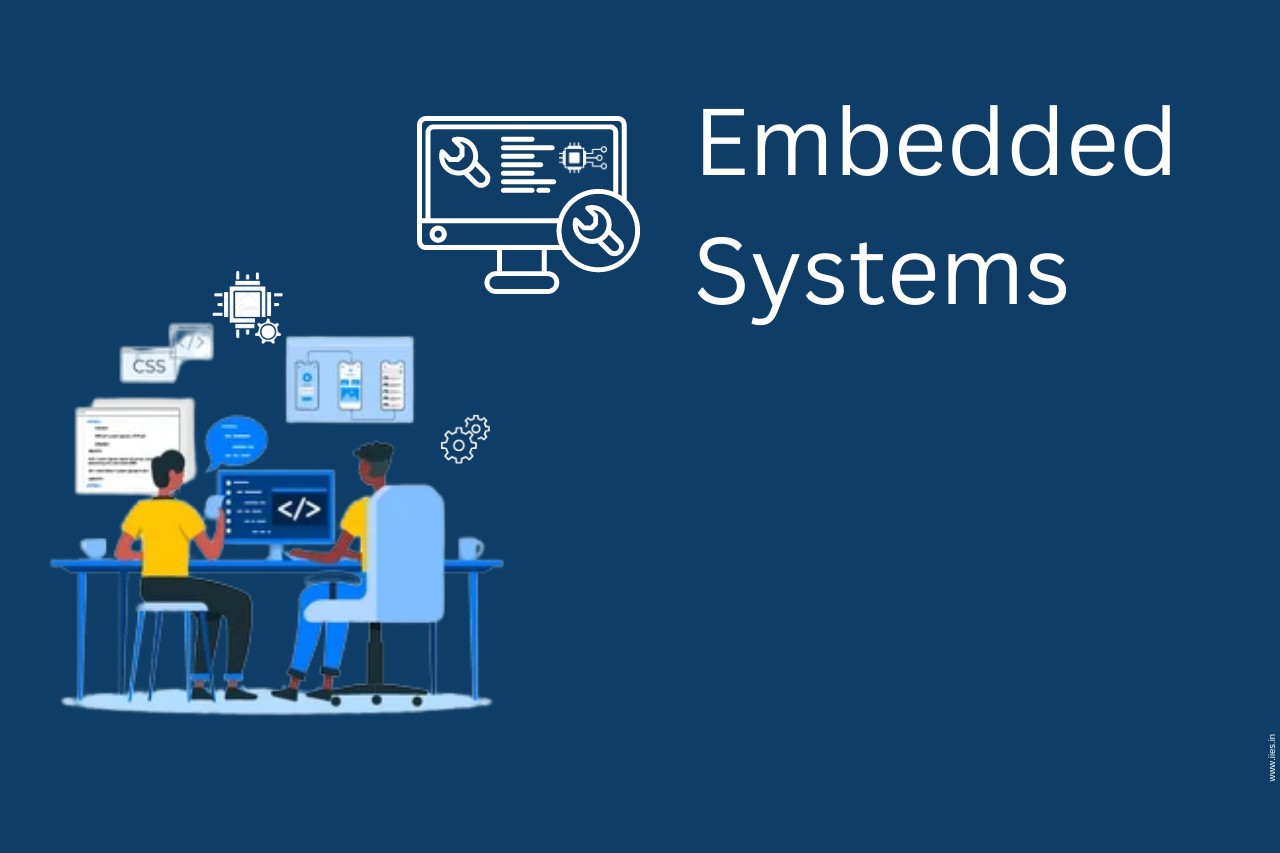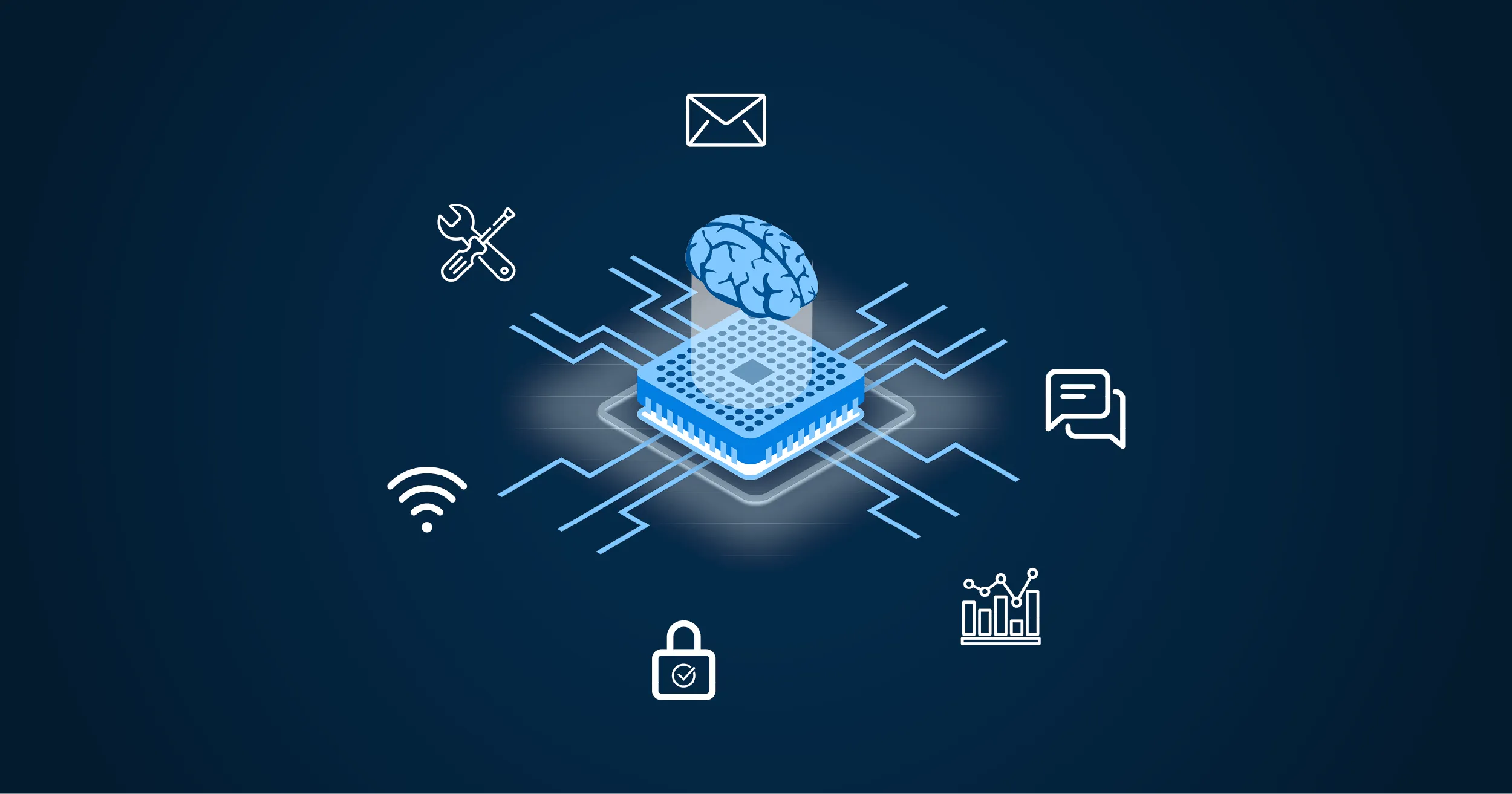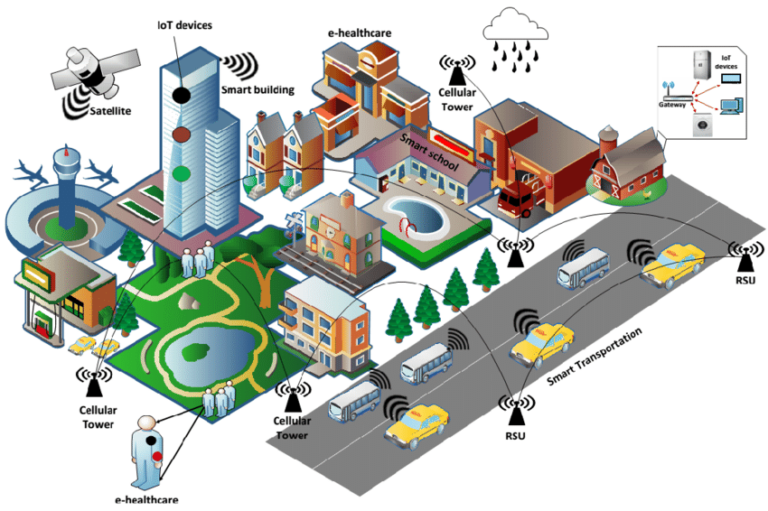The Role of Embedded Systems in IoT: Building the Foundation for Smart Devices

The Internet of Things (IoT) has emerged as a transformative force in the realm of technology, connecting everyday objects to the internet and enabling them to send and receive data. At the heart of this revolution lies embedded systems, playing a pivotal role in building the foundation for smart devices that form the backbone of the IoT ecosystem.
Embedded systems are specialized computing systems designed to perform dedicated functions within a larger system. In the context of IoT, these systems are the intelligence behind the countless devices that permeate our homes, cities, and industries. They provide the essential processing power, memory, and communication capabilities necessary for devices to collect, analyze, and transmit data seamlessly.
One of the key characteristics of embedded systems in the IoT is their ability to operate with minimal human intervention. These systems are designed to be low-power, cost-effective, and highly efficient, making them ideal for deployment in a wide range of devices, from simple sensors to complex industrial machines.
In the realm of smart devices, embedded systems enable a myriad of functionalities. For instance, in a smart thermostat, an embedded system processes sensor data to determine the optimal temperature settings based on user preferences and environmental conditions. In a smart home security system, embedded systems analyze data from cameras and sensors to detect and respond to potential threats. These examples highlight how embedded systems empower smart devices to make intelligent decisions and adapt to changing circumstances in real-time.
Moreover, embedded systems play a crucial role in ensuring the security and privacy of IoT devices. As these devices often handle sensitive data, embedded security features are integrated into the systems to safeguard information from unauthorized access and cyber threats. Encryption, secure boot mechanisms, and authentication protocols are common elements embedded within these systems to provide robust protection.
In industrial IoT applications, embedded systems are the backbone of automation and control systems. They facilitate communication between sensors, actuators, and central control units, optimizing processes and enhancing efficiency. Whether it’s monitoring equipment health in real-time or controlling manufacturing processes, embedded systems contribute to the seamless operation of interconnected devices.
The scalability of embedded systems is another key factor driving their adoption in the IoT landscape. These systems can be tailored to meet the specific requirements of diverse applications, from wearable devices to smart city infrastructure. Their versatility allows for the creation of customized solutions that align with the unique demands of different industries and use cases.
In conclusion, the role of embedded systems in IoT is indispensable, as they form the foundation for the development of smart devices that are the building blocks of the interconnected world. These systems empower devices with intelligence, efficiency, and security, driving innovation across various sectors and shaping the future of technology.






+ There are no comments
Add yours